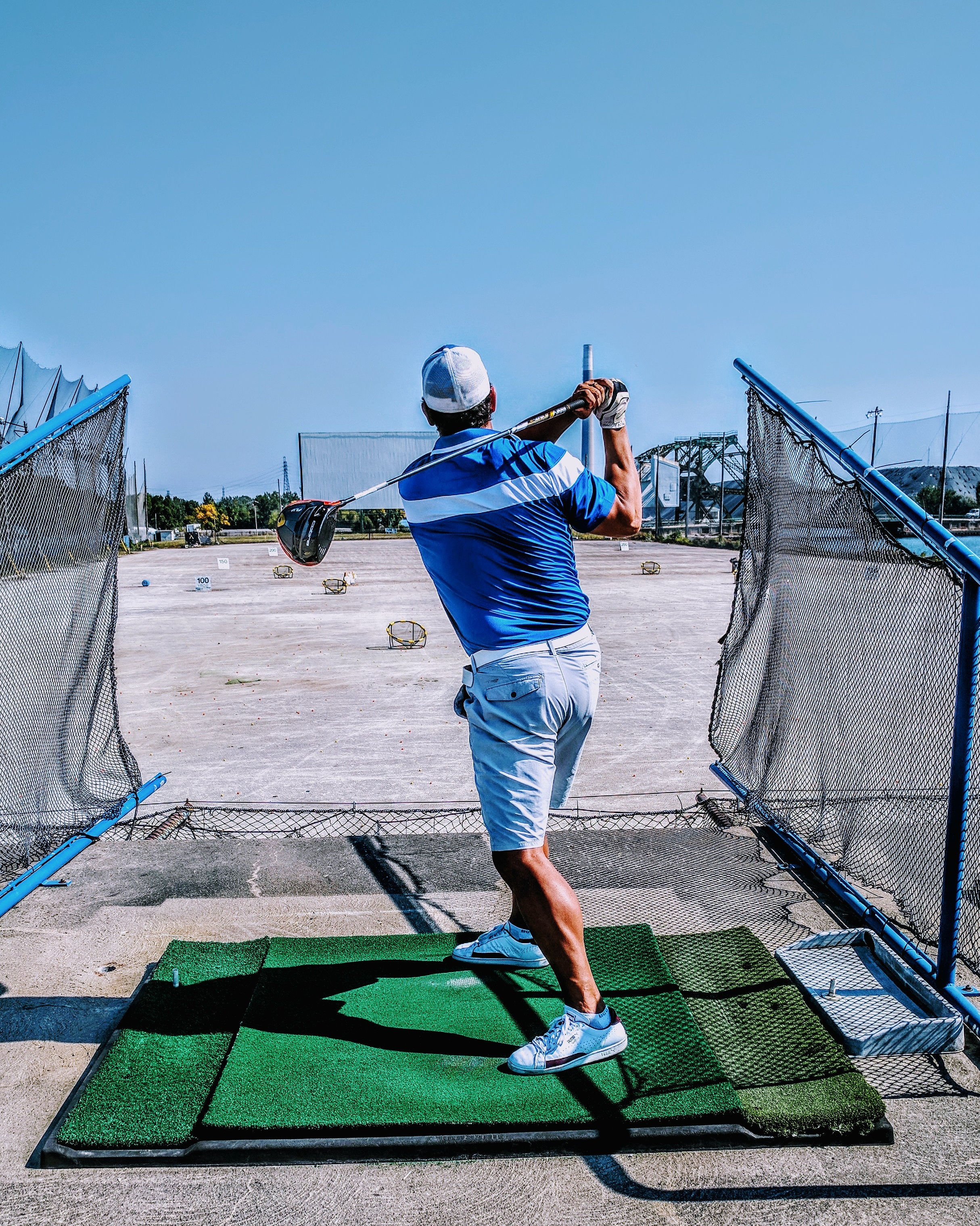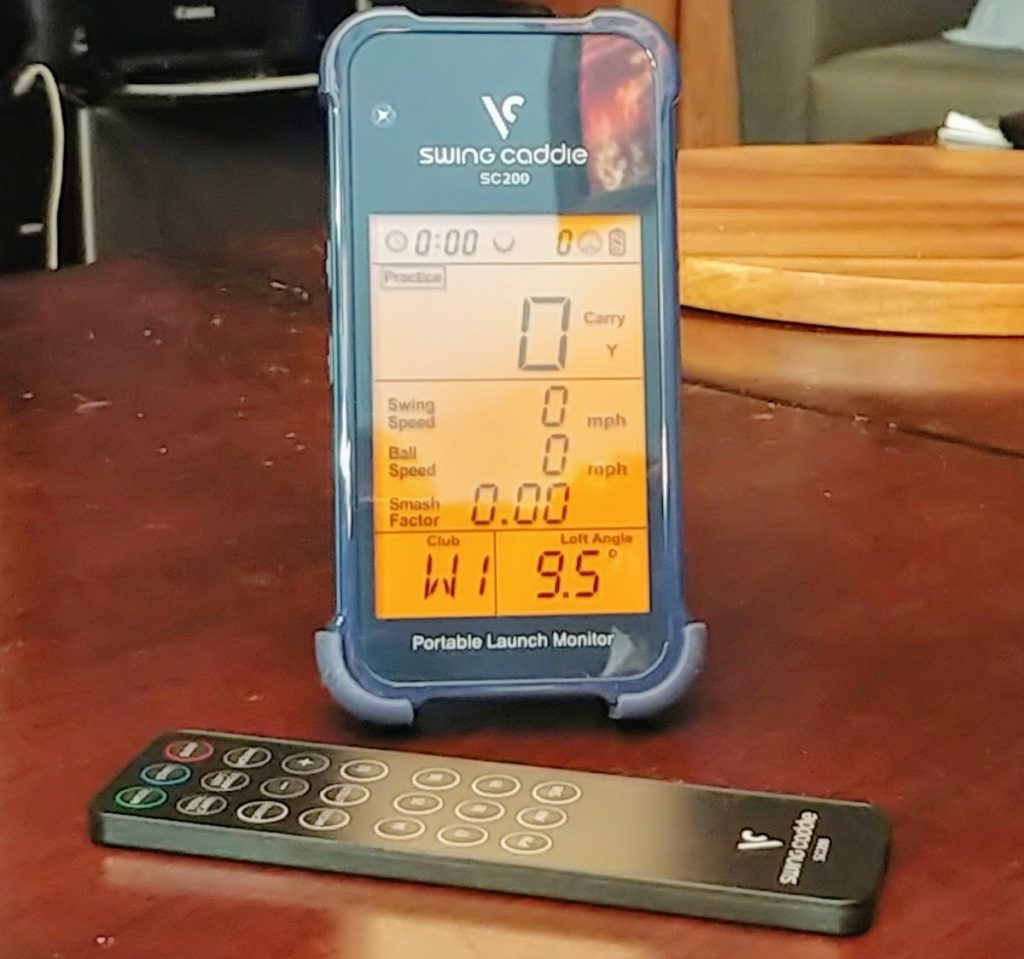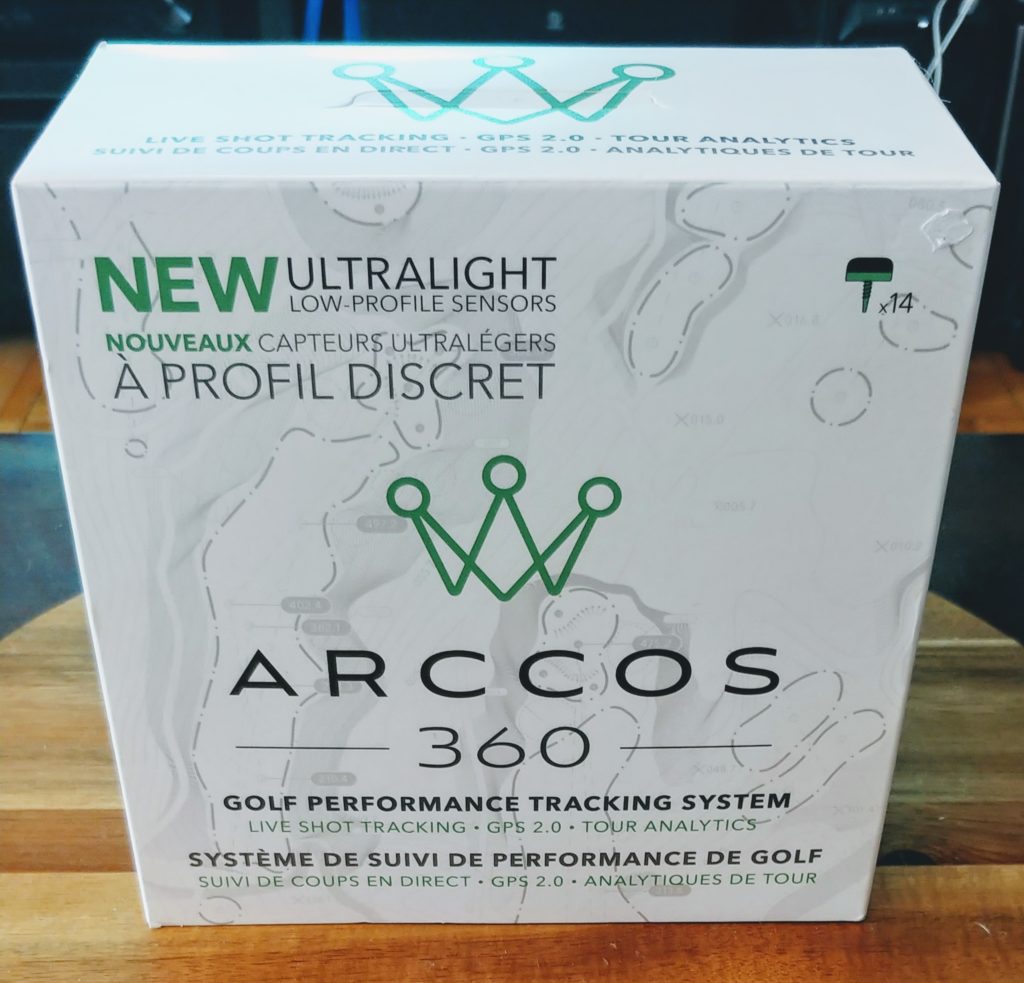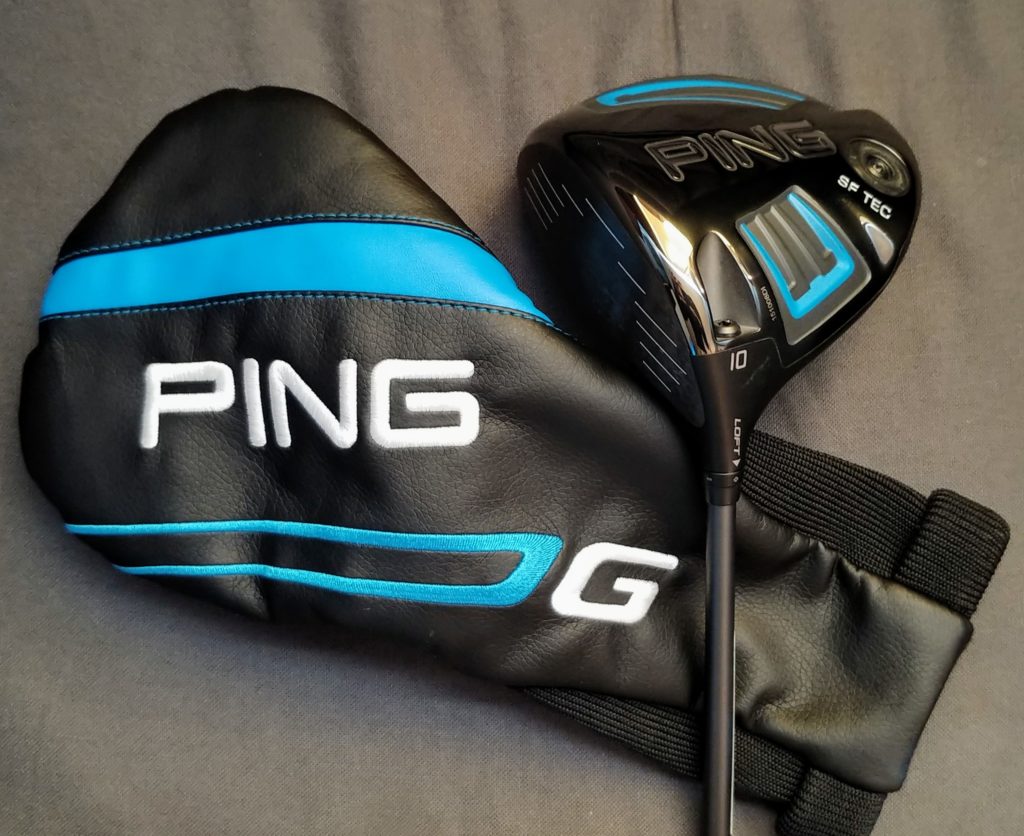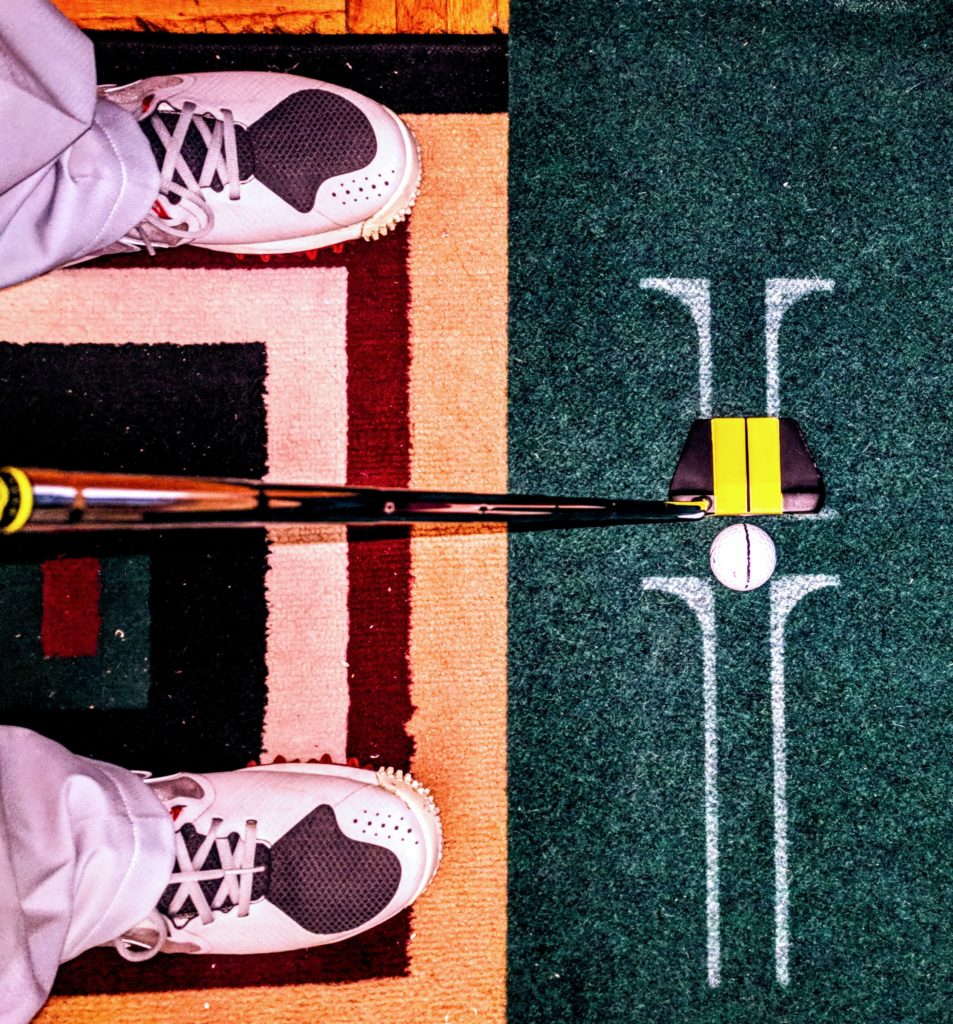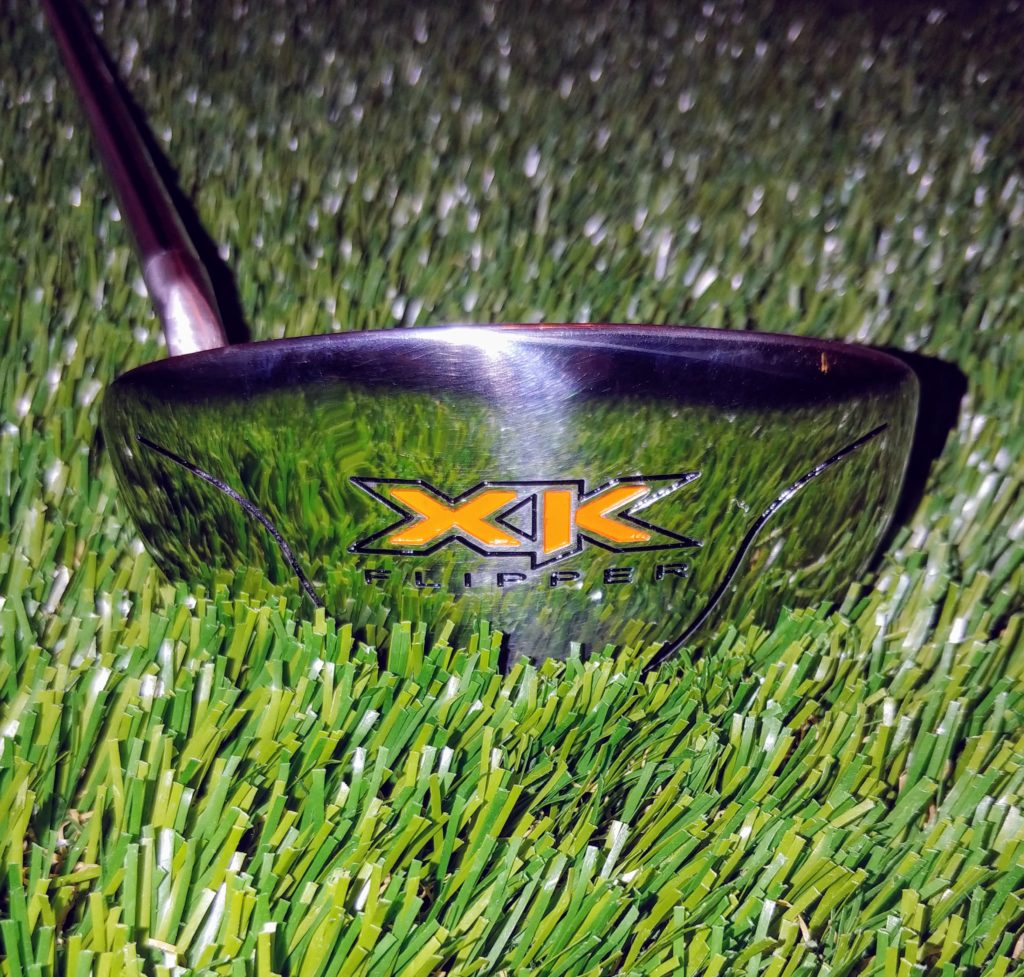The top two Shot Tracking systems on the market are Arccos Caddie and Shot Scope. Both systems are an excellent addition to your golf equipment arsenal. They aren’t absolutely perfect, and work in slightly different ways. Which one you should buy will be decided by a number of factors. I will provide the pros and cons of each so that you may make an educated decision.
HARDWARE
Arccos Caddie uses battery powered sensors that screw into the top of your Grips that connect to an App on your Cellphone via Bluetooth.
Shot Scope uses RFID embedded sensors that screw into the top of your Grips that connect to the Shotscope GPS Watch.
The Arccos sensors are larger, but I’ve used both technologies and the sensors really aren’t noticeable during a Round. Requiring batteries to work is a disadvantage though. Eventually batteries die. RFID chips are everlasting.
Shot Scope requires you to wear their GPS watch, which until the recent release of the V3 was a little bulky and ugly. That was a nonstarter for some. The V3 is a much slimmer, and more attractive device. The new slim design does require a proprietary charge cord which I’m not a fan of. The previous generation V2 uses standard USB type B which everyone has plenty of.
Arccos Caddie requires you to have your cellphone on you during your Round. This really isn’t an issue for most people, except those that don’t like anything in their pockets while they play. The App is very easy to use, and has additional benefit of providing the Player with shot and club suggestions based upon their Arccos metrics.
For me the Shot Scope watch based system is preferable. I don’t have to keep taking my cellphone in and out of my pocket for information. I also use my cellphone for other things during a Round like taking photos or videos, and accessing the 18birdies App. The fewer applications I have to switch between the better. Depending on your cellphone the GPS positioning on the Arccos App can be slow to react so it helps to have an additional shot distance device like a Laser Rangefinder. The Shot Scope watch GPS only takes about 5 seconds to lock on to your position. I have never required an additional distance device to feel confident about my next shot. A common complaint about the Shot Scope GPS watch is it’s battery life. With the V2 there is barely enough power in a full charge to play two Rounds in a day. I would estimate a full charge to have roughly 8 hours of operation. So if you play a long Round of golf, a second time around is unlikely. Especially because the charge time is relatively long as well. You should have no issue playing at least 3 Rounds of Golf consecutively on a full charge with your cellphone. Plus the newer cellphones generally have quick charge capabilities. Just 30 minutes between Rounds is more than enough to top up.
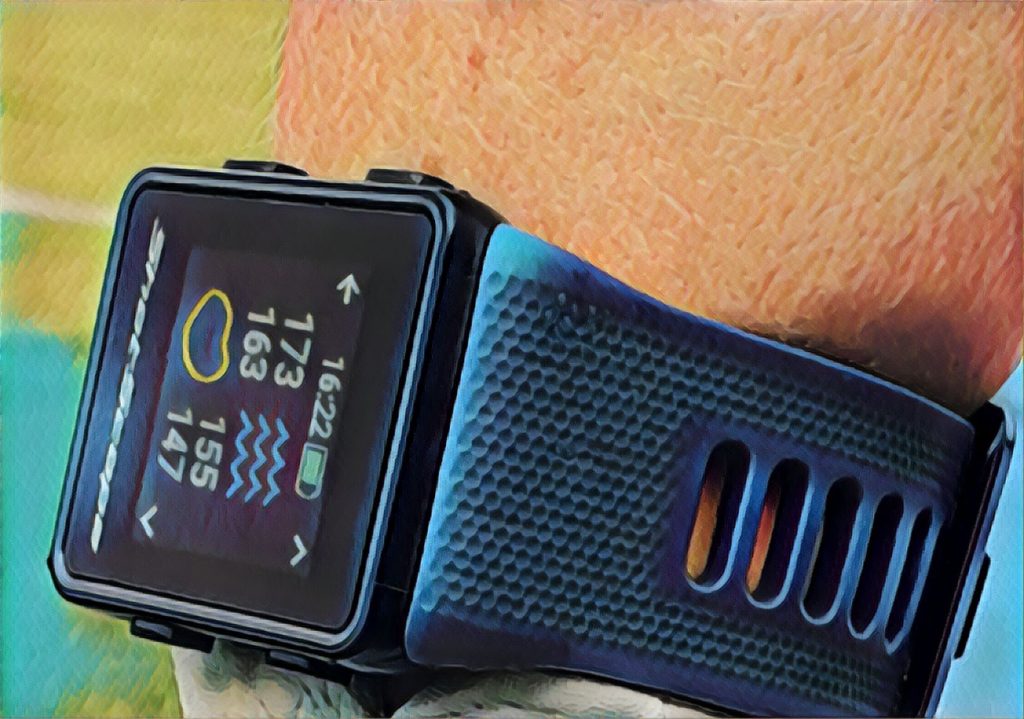
ACCURACY
Accurate is probably the most important quality a Shot Tracking system should be. In this case Accuracy can be measured in two ways. How accurate is it on the course, and how accurate is the data it provides afterwards.
Arccos Caddie is incredibly accurate, but has two small glitches you should be aware of. The first issue you will probably notice on the course. For whatever reason a few of the holes I’ve played on some courses are listed incorrectly. 150 yard Par 3 shows up as a Par 4 on Arccos. A 479 Par 5 shows up as a Par 4. These mistakes in the Application software don’t change your stroke count. They can have you believing that you are playing better than you are if you look at your score to Par during a Round. An issue that becomes obviously apparent after a Round is Driver distance. On some courses Arccos determines Driver distance based upon where it believes the Tees are, and not from where you actually hit it. In some cases it added an additional 30 to 40 yards. As much as I’d like to believe I occasionally have days where I hit my Driver 30+ yards more. The reality is that I don’t. Although Arccos likes to believe that I do. As long as you are aware of these issues they are easy to mitigate.
Shot Scope is incredibly accurate as well, and has the added benefit of more precise putting tracking. It isn’t without it’s faults either though. I’ll begin with a glitch that blemishes the putting benefit. In order to get precise putting stats you need to use the pin placement feature at the end of each hole. You press the button that corresponds with the number of putts you made by the Pin. On the final Hole of each Round the Shot Scope V2 advances to the Finish Round screen before I’m able to register the Pin position. I haven’t used the V3 so I can’t comment on whether this glitch has been fixed. Another issue I have come across on multiple occasions is Shot Scope registering a Shot but unaware of which club you used. Fortunately a alert icon appears by the shot when you upload the data which makes it easy identify and correct it during the Round editing process.
Of course the occasional shot is missed by both Tracking systems. Common reasons for happening are duffed shots that don’t travel far enough to register, failing to get out of a bunker, and delicate shots that fail to record as an impact. Fortunately these missed shots are easy to add during the editing process.
SPECIAL FEATURES
Arccos Caddie has one significant advantage over Shot Scope. The ability to access the Player’s data during a Round and make real time shot suggestions. It is actually like having your own Virtual Caddie with you every time you play. Unfortunately it isn’t free. The Caddie feature costs $100/year. The free version on the Application does include a basic guide though. Of course the Arccos Application counts as an additional feature as well. It provides the Player with a bird’s eye view of the Hole they are playing, and their location on it. They can see the location of Hazards, distances to doglegs, and Carry distances. Properly used Arccos Caddie can help a Player plot their way around a course quite safely.
Shot Scope has by far the best Shot Tracking system for Putting. The Pin placement technology is so simple it’s absolute genius. The GPS watch is as accurate as any Garmin GPS I’ve used, and incredibly quick. A feature that might get overlooked by some is the ability to turn off the GPS or Tracking feature before a Round. Doing so saves battery, and also allows you to use the Shot Scope to Track your Round during tournaments where distance devices aren’t allowed. For a competitive Player that’s a huge bonus.
Both technologies allow you to add penalties during a Round. Honestly though it’s not something I usually do until after during the editing process. After a particularly bad shot I just want to clear my head, and focus on the next one. Adding a penalty on my Shot Tracking device isn’t high on the priority list. For that reason the new Provisional shot feature on the V3 probably isn’t all that important to me either. For those of you that prefer to do as little editing as possible it might be a bonus.
CUSTOMER SERVICE & TECH SUPPORT
I have had the pleasure of dealing with both Arccos, and Shot Scope Customer Service and Tech Support. I say pleasure because both were excellent. In both cases it wasn’t difficult to get a hold of them. Anyone who has dealt with Customer Service over the phone or through email knows how difficult it can be in some cases. With each company Tech Support was required. The issues were handled quickly, and the results were more than satisfactory. It’s nice to know that if an issue does occur. You won’t be left to fend for yourself or be forced to buy a whole new device.
CONCLUSION
Which Shot Tracking system should you buy?
I made my decision last year before the V3 was even a rumour. I went with Shot Scope. It’s $150 less than Arccos Caddie on average. It doesn’t require my cellphone to function which frees me up to use my cellphone for other things. There’s no additional subscription fee to use it’s complete feature set. I have never had an issue with Course Accuracy. I’ve never played more than 18 holes of golf in a day so the battery capacity is sufficient. Shot Scope is very good about offering current users a special preorder price on new hardware. So I was offered a sneak preview of the V3, and a great price to upgrade. I decided against the upgrade because the size of the V2 doesn’t bother me, I prefer standard USB charging cords, a colour screen isn’t important, and the new Provisional ball feature doesn’t interest me. The V3 also comes with 35,000 preloaded golf courses instead of uploading which courses you intend to play on the App. That isn’t a hassle to me either. So sticking with the V2 just made sense for me. The V3 might be the ticket for you.
I would consider Arccos if budget wasn’t as important, and I didn’t need my cellphone for anything else. Having a Virtual Caddie available is pretty cool. Especially because it provides you with multiple strategies on the Tee, and provides you with Risky and Safe options. One of my playing partners uses Arccos Caddie, and a Laser Rangefinder to get around the course. So the relatively slow GPS location of the App doesn’t effect his play. If you already use a Laser Rangefinder then adding Arccos is a bit more appealing.
Both Shot Tracking systems should help you lower your Handicap. Shot Scope requires you to spend a little more time analyzing the data, and then adjusting your game accordingly. Arccos Caddie can help you lower your Handicap by closely following it’s suggestions, and leaving your ego at home.
Whichever you decide to purchase, you won’t be disappointed. Anyone who is serious about improving their game should use a Shot Tracking system.

